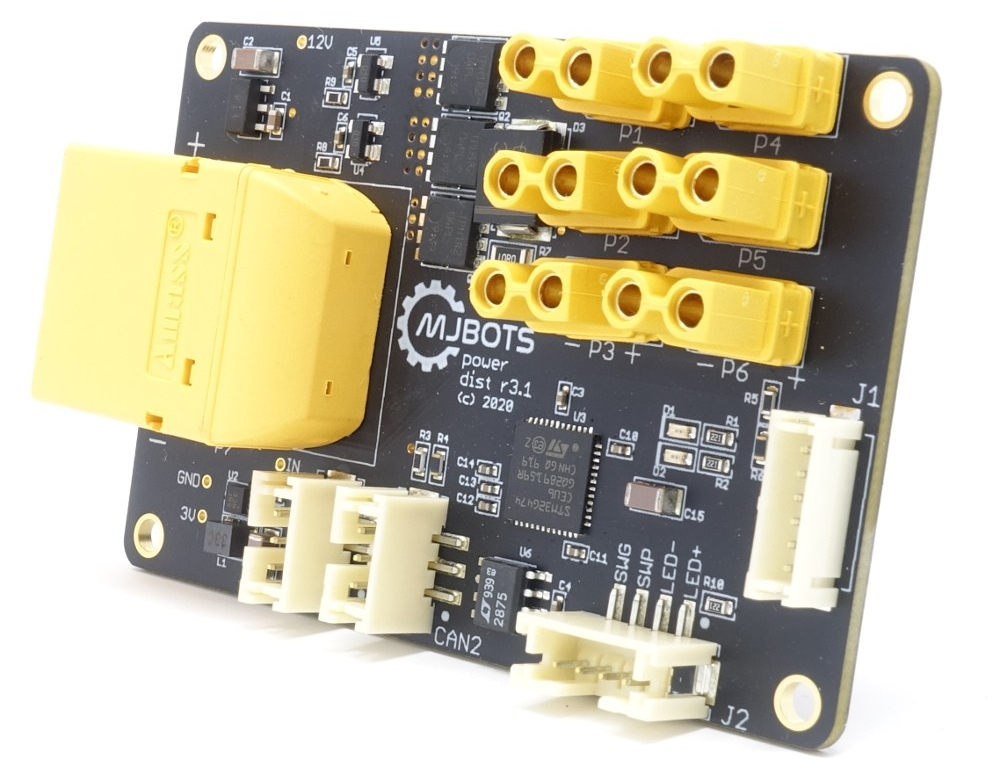Primitive gait balancing - 1D
I’m working to improve the walking gait of the mjbots quad A1. In this iteration, I wanted to tackle an incremental step towards a more fully dynamic gait, but one that will still greatly increase the capability of the machine. As mentioned last time, the current walking gait cycles between all four legs, and then alternative opposing corner legs in order to move laterally. I’d like to keep that same basic structure, but be a bit smarter about what happens during the swing phase.

